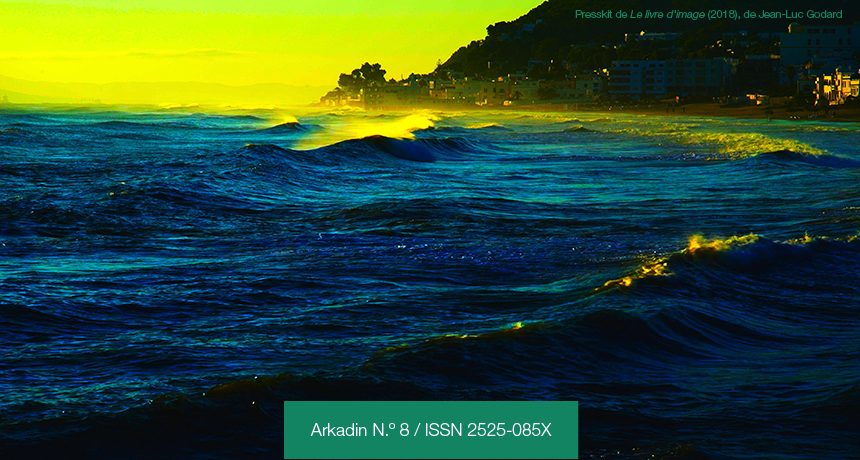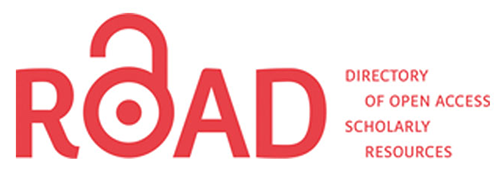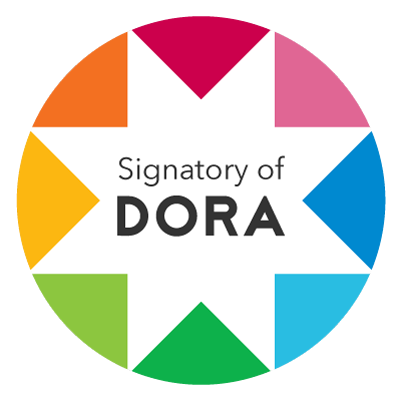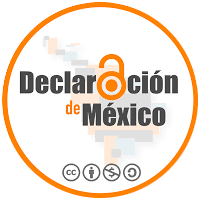Optimal Distances and Estrangement in Diary of Perlov
DOI:
https://doi.org/10.24215/2525085Xe006Keywords:
Cine, documental, ensayo audiovisual, autorAbstract
This article studies David Perlov’s Diary (Yoman) as a clear milestone in a Latin American itinerary that prefigures the preeminence of the documentary as an essay in recent decades. The text focuses on the phenomenology of the documentary filmmaker, the evidence of the framework, a system of signs that engage in a binding dialogue with the (self) staging, the discursive and intertextual strategy, between filming and editing. The author points out the associative invention, the juxtaposition of angles and points of view in relation to the vision of the filmmaker marked by wandering, identity desire and clash with the heterogeneous that define a double, virtual and poeticReferences
Bellour, R. (2009). Entre-imágenes. Ciudad Autónoma de Buenos Aires, Argentina: Colihue.
Benjamin, W. (1999). Sobre algunos temas en Baudelaire. Ciudad Autónoma de Buenos Aires, Argentina: Leviantán.
Blanchot, M. (2002). El espacio literario. Madrid, España: Editora Nacional.
Bonitzer, P. (2007). El campo Ciego. Ciudad Autónoma de Buenos Aires, Argentina: Santiago Arcos editor.
Deleuze, G. (1990). ¿Qué es un dispositivo? En Deleuze, G., GLucksmann, A., Frank, M., Balbier E. y otros. Michel Foucault, filósofo (pp.155-163). Barcelona, España: Gedisa.
De Lucas, G. (2007). Diez años en la vida del cineasta David Perlov. La mano y la visión. Cahiers du cinéma, (1), 80. Recuperado de https://issuu.com/bibliocinetica/docs/cahiers_esp_01__mayo_2007_
Didi-Huberman, G. (1997). Lo que vemos, lo que nos mira. Ciudad Autónoma de Buenos Aires, Argentina: Manantial.
Feldman, I. (2017). As janelas de David Perlov: autobiografia, luto e política [Las ventanas de David Perlov: autobiografía, duelo y política]. Arquivo Maaravi. Revista Digital de Estudos Judaicos da UFMG, 11 (20), 4-14. Recuperado de http://www.periodicos.letras.ufmg.br/index.php/maaravi/article/view/11757
Jameson, F. (2012). Signaturas de lo visible. Ciudad Autónoma de Buenos Aires, Argentina: Prometeo.
Lagos Labbé, P. S. (2012). Viajes de ida y retorno entre la pertenencia y el desarraigo. La construcción narrativa del hogar y la identidad en los diarios cinemautobiográficos de David Perlov. Comunicación. Revista Internacional de Comunicación Audiovisual, Publicidad y Estudios Culturales, 1(10), 531-546.
Recuperado de http://www.revistacomunicacion.org/pdf/n10/mesa3/041.Viajes_de_ida_y_retorno_entre_la_pertenencia_y_el_desarraigo.La_construccion_narrativa_del_hogar_y_la_identidad_en_los_diarios_cinemautobiograficos_de_David_Perlov.pdf
Lagos Labbé, P. S. (2018). Diarios nómades. Poéticas del intervalo para representar el desarraigo en el cine de David Perlov. Archivos de La Filmoteca, (75), 57-84. Recuperado de http://www.archivosdelafilmoteca.com/index.php/archivos/article/view/637
Lejeune, P. (1994). El pacto autobiográfico y otros textos. Madrid, España: Megazul-Endymion.
Lejeune, P. (2008). Cine y autobiografía, problemas de vocabulario. En Martín Gutiérrez, G. (Ed.), Cineastas frente al espejo (pp. 16-24). Madrid, España: T&B Editores.
Morin, E. (2001). El cine o el hombre imaginario. Barcelona, España: Paidós.
Niney, F. (1992). Le documentaire est un film [El documental es una película] [Entrevista a Artavazd Pelechian]. Cahiers du cinéma, 454, pp. 35-37. En Catálogo de la 2da Bienal Europea del Documental, Marsella, Francia. Entretien avec Artavazd Pelechian y reproducida en.
Perlov, D. (Director). (1983). Yoman [Diario] [Película]. Israel: Channel 4.
Piglia, R. (2000). Formas Breves. Barcelona, España: Anagrama.
Rancière, J. (2010). El espectador emancipado. Pontevedra, España: El Lago Ediciones.
Rancière, J. (2011). El destino de las imágenes. Ciudad Autónoma de Buenos Aires, Argentina: Prometeo.
Rimbaud, A. (1995). Iluminaciones; cartas del vidente. Madrid, España: Hiperión.
Russell, C. (2011). Autoetnografía: Viajes del Yo. laFufa, (12). Recuperado de http://www.lafuga.cl/autoetnografia-viajes-del-yo/446
Downloads
Published
How to Cite
Issue
Section
License
The acceptance of the manuscript by the magazine means the non-exclusive cession of the property rights of the authors in favour of the editor, who allows the reuse, after publication (post print), under a license Attribution-NonCommercial-NoDerivatives 4.0 International.
According to these terms, the material can be copied and redistributed by any means or in any format as long as a) the author and original source of the publication are quoted (magazine and URL of the work), access to the license is provided and whether changes have been made is mentioned; and b) the material is not used for commercial purposes.
The cession of non-exclusive rights means that after the publication (post print) in Arkadin the authors can publish their work in any language, means and format; in such cases it must be mentioned that the material was originally published in this magazine. Such cession also means the authorization of the authors for the work to be collected by SEDICI, the institutional archive of the Universidad Nacional de La Plata, and to be spread in the databases that the editorial team considers appropriate to increase the visibility of the publication and its authors.
Moreover, the magazine encourages the authors to deposit their productions in other institutional and thematic archives under the principle that offering the society the scientific and academic production without any restrictions contributes to a greater exchange of the global knowledge.
























